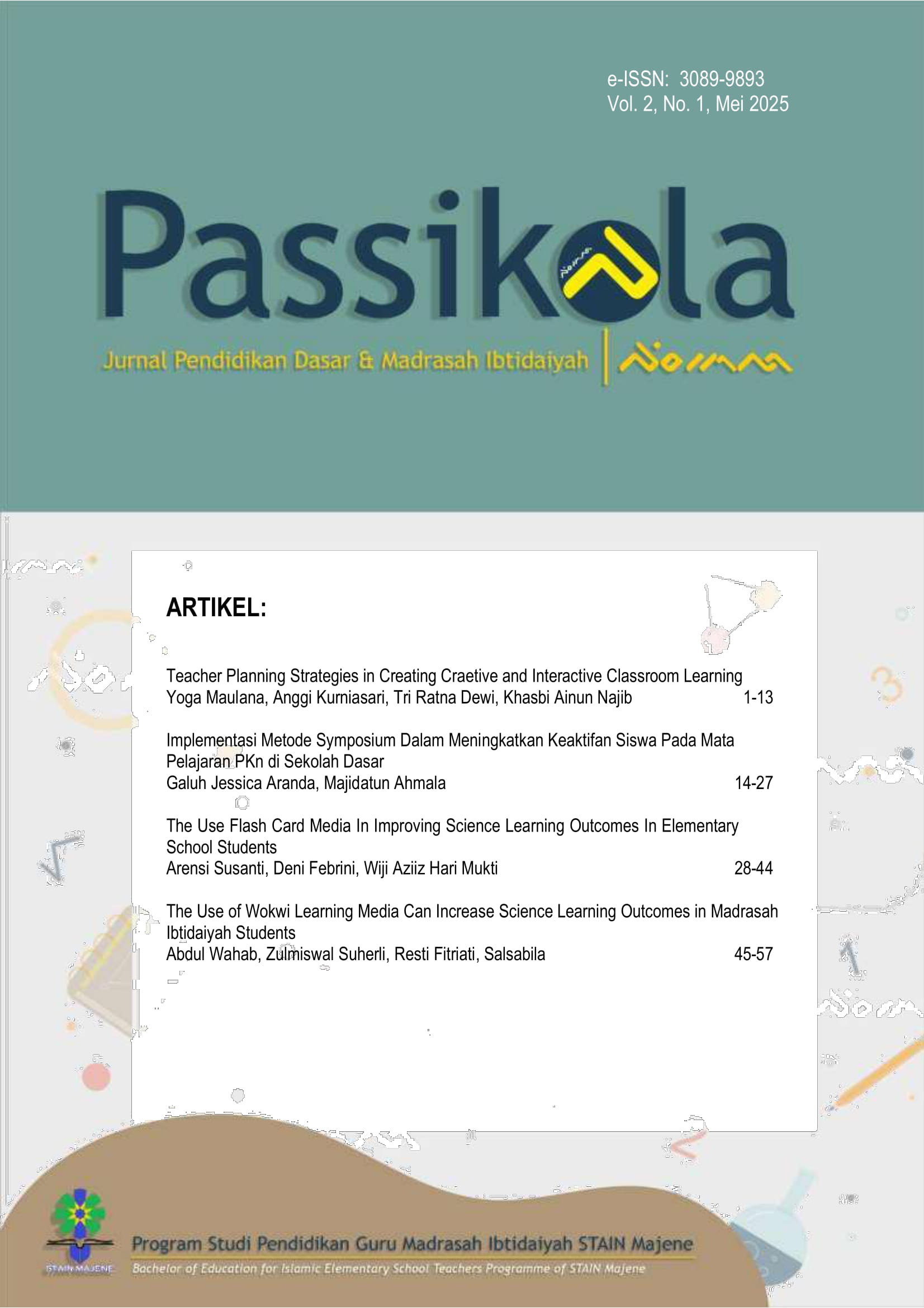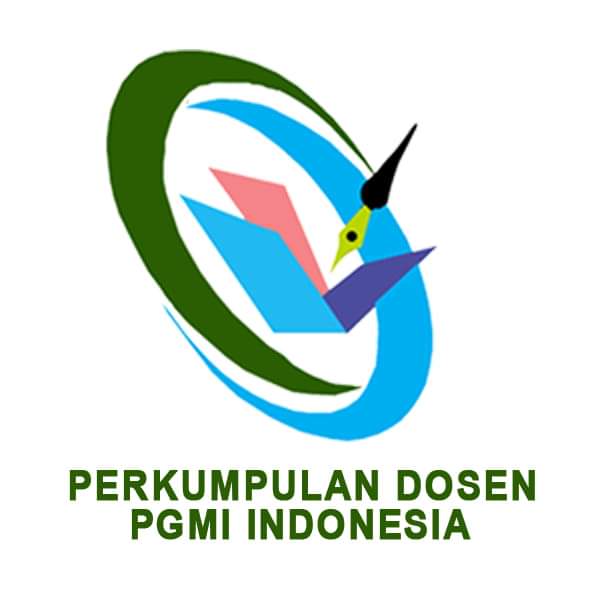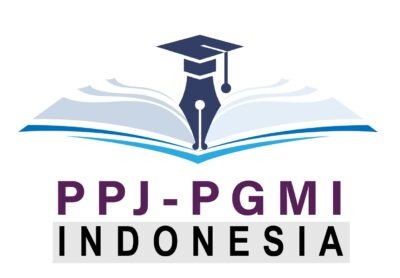A The Use of Wokwi Learning Media Can Increase Science Learning Outcomes in Madrasah Ibtidaiyah Students
Keywords:
Wokwi Learning Media, Science Learning Outcomes, Students of Madrasah IbtidaiyahAbstract
This study aims to: (1) examine students' science learning outcomes before using Wokwi; (2) assessing learning outcomes after the use of the media; and (3) measuring the improvement of learning outcomes obtained. This study uses a quantitative method with a pre-experimental design of one-group pretest-posttest to measure changes in student learning outcomes after the use of Wokwi learning media. The research population is all students of class VI MIN 2 Majene for the 2025/2026 school year as many as 22 people, all of whom were used as samples with saturated sample techniques. Data was collected through learning outcome tests in the form of 20 multiple-choice questions that included aspects of knowledge, understanding, and application of concepts, given in the form of pretests and posttests. Data analysis was carried out with descriptive statistics to describe the average student achievement and N-gain calculation to determine the level of improvement in learning outcomes more measurably after the treatment was given. The results showed that (1) students' science learning outcomes before the use of Wokwi media were in the medium and high categories with an average of 58.45, which shows the limitations of their initial understanding. (2) After the implementation of Wokwi, the average score increased significantly to 82.73 with the distribution of the majority score in the high and very high categories, without any students in the medium or low categories. (3) The calculation of N-gain of 0.57 which is classified as moderate shows that 75% of students experienced moderate improvement, 20% high, and only 5% low. These findings prove that Wokwi media is effective in improving science learning outcomes while leveling student achievement, although further development is still needed through simulation variations and integration with collaborative and project-based learning methods.
References
Abdullah, G., Arifin, I. N., Sianu, L., Suleman, A. R., & Doe, R. (2025). Pembelajaran IPA Di Sekolah Dasar. PT. Sonpedia Publishing Indonesia.
Adnan, G., & Latief, M. A. (2020). Metode Penelitian Pendidikan Penelitian Kuantitatif, Penelitian Kualitatif, Penelitian Tindakan Kelas. Erhaka Utama.
Dakhi, A. S. (2020). Peningkatan Hasil Belajar Siswa. Jurnal Education and Development, 8(2), 468. https://www.neliti.com/id/publications/561738/peningkatan-hasil-belajar-siswa#cite
Dale, E. (1946). The Cone Of Experience. Audio-Visual Methods in Teaching, 1, 37–51.
Doolittle, P. E. (1995). Understanding Cooperative Learning through Vygotsky’s Zone of Proximal Development.
Fahmi, A., & Kurniawan, I. (2025). Studi Kinerja Transmisi Data Menggunakan ESP32 dan Raspberry Pi Pico Berbasis Simulasi Wokwi. JOURNAL ZETROEM, 7(1), 80–87. https://doi.org/10.36526/ztr.v7i1.5102
Fauziyah, Z., Azzahra, S. F., Azka, H., Putri, A. A., Arya, N. W., & Rif’iyati, D. (2025). Pemanfaatan Inovasi Digital PHET Sebagai Media Belajar Interaktif Siswa Pada Pembelajaran IPA Di SD/MI. Prosiding SEMAI: Seminar Nasional PGMI, 3, 89–104. https://proceeding.uingusdur.ac.id/index.php/semai/article/view/2845.
Hampel, R., & Pleines, C. (2013). Fostering Student Interaction And Engagement In A Virtual Learning Environment: An Investigation Into Activity Design And Implementation. Calico Journal, 30(3), 342–370. https://eric.ed.gov/?id=EJ1027978.
Iskandar, R., & Kusmayanti, I. (2018). Pendekatan Science Technology Society: IPA di Sekolah Dasar. Jurnal Ilmiah Pendidikan Guru Sekolah Dasar, 2(02). https://doi.org/10.31326/jipgsd.v2i02.129.
Joyce, B., & Weil, M. (1972). Conceptual Complexity, Teaching Style and Models of Teaching.
Kelana, J. B., & Wardani, D. S. (2021). Model Pembelajaran IPA SD. Cirebon: Edutrimedia Indonesia.
Kpolovie, P. J., Joe, A. I., & Okoto, T. (2014). Academic Achievement Prediction: Role of Interest In Learning And Attitude Towards School. International Journal of Humanities Social Sciences and Education (IJHSSE), 1(11), 73–100. 10.12691/education-6-10-3.
Laila, I., Armynah, B., & Arifin, A. (2025). Pelatihan Penggunaan Simulator Wokwi Untuk Meningkatkan Pemahaman Konsep Fisika Berbasis STEM. Jurnal Abdi Insani, 12(7), 3396–3407. https://doi.org/10.29303/abdiinsani.v12i7.2685.
Mayer, R. E. (2024). The Past, Present, And Future Of The Cognitive Theory Of Multimedia Learning. Educational Psychology Review, 36(1), 8. 10.1007/s10648-023-09842-1.
Ngaga, E., Siki, Y. C. H., Manehat, D. J., Bria, Y. P., & Nani, P. A. (2024). Pengenalan Dan Pelatihan Pemrograman Dasar Iot Dengan Simulasi Wokwi Bagi Siswa Tkj Smkn Noemuti. Jurnal Abdimas Bina Bangsa, 5(2), 1823–1831. https://doi.org/10.46306/jabb.v5i2.1450.
Nurmadiah, N. (2016). Media Pendidikan. Al-Afkar: Manajemen Pendidikan Islam, 5(1). https://doi.org/10.28944/afkar.v5i1.109.
Parisu, C. Z. L., Sisi, L., & Juwairiyah, A. (2025). Pengembangan Literasi Sains Pada Siswa Sekolah Dasar Melalui Pembelajaran IPA. Jurnal Pendidikan Multidisiplin, 1(1), 11–19. https://doi.org/10.54297/jpmd.v1i1.880.
Putri, R. I. I., Araiku, J., & Sari, N. (2021). Statistik Deskriptif. Bening Media Publishing.
Qirom, Q., Albab, U., & Wikaningtyas, R. (2024). Belajar Mandiri Pemrograman Arduino dengan Wokwi Simulator. PT. Sonpedia Publishing Indonesia.
Rahmawati, S., & Nurachadija, K. (2023). Inovasi Pendidikan Dalam Meningkatkan Strategi Mutu Pendidikan. BERSATU: Jurnal Pendidikan Bhinneka Tunggal Ika, 1(5), 1–12. https://doi.org/10.51903/bersatu.v1i5.303.
Ramadhani, A., & Amelia, F. R. (2025). Kendala dan Tantangan Pembelajaran IPA di UPT SD Negeri 064995 Kota Medan dalam Implementasi Kurikulum Merdeka. Jurnal Penelitian Ilmu Pendidikan Indonesia, 4(2), 1150–1155. https://doi.org/10.31004/jpion.v4i2.547.
Ratno, S., Amelia, F. R., Siagian, A. N., Dongoran, I. K., Utami, J., Pandiangan, L. L., Nasution, R. K., Simanjuntak, R. P. B., & Amelia, V. Q. (2024). Analisis problematika proses pembelajaran IPA pada siswa kelas VI SDN 060912 Medan Denai. JURNAL HUKUM PENDIDIKANMOTIVASI Dan Bahasa Harapan, 2(2). https://doi.org/10.51878/knowledge.v5i2.6026.
Shahzad, M., & Nadeem, M. A. (2021). Developing Learning Environment Using Interactive Multimedia. Pakistan Journal Of Distance And Online Learning, 7(1), 93–106. https://eric.ed.gov/?id=EJ1321263.
Sukarelawan, M. I., Indratno, T. K., & Ayu, S. M. (2024). N-gain vs stacking.
Taroreh, L. H. J. (2024). Efektivitas Media Pembelajaran Interaktif Berbasis Teknologi Dalam Meningkatkan Pemahaman Konsep IPA. Jurnal Ilmu Pendidikan Guru Sekolah Dasar Dan Usia Dini, 1(1), 26–31. https://doi.org/10.70134/pedasud.v1i1.198.
Triyono, A., Nuary, R. H., Permatasari, N., Yuni, Y., & Wibowo, T. (2024). The Level Of Effectiveness Of Tps And Conventional Methods Judging From Students’ Geometry Learning Results Using The N-Gain Test. AlphaMath: Journal of Mathematics Education, 142–156. 10.30595/alphamath.v10i1.21530
Wahyudi, W., & Sabara, E. (2022). Desain Dan Implementasi Media Pembelajaran Mikrokontroler Berbasis Hybrid Learning Menggunakan Wokwi Simulation. Jurnal Media Elektrik, 19(3), 186–193. 10.26858/metrik.v19i3.37177.
Wulandari, A. P., Salsabila, A. A., Cahyani, K., Nurazizah, T. S., & Ulfiah, Z. (2023). Pentingnya Media Pembelajaran Dalam Proses Belajar Mengajar. Journal on Education, 5(2), 3928–3936. https://doi.org/10.31004/joe.v5i2.1074.

Downloads
Published
How to Cite
Issue
Section
License
Copyright (c) 2025 Passikola: Jurnal Pendidikan Dasar & Madrasah Ibtidaiyah

This work is licensed under a Creative Commons Attribution-NonCommercial-ShareAlike 4.0 International License.







